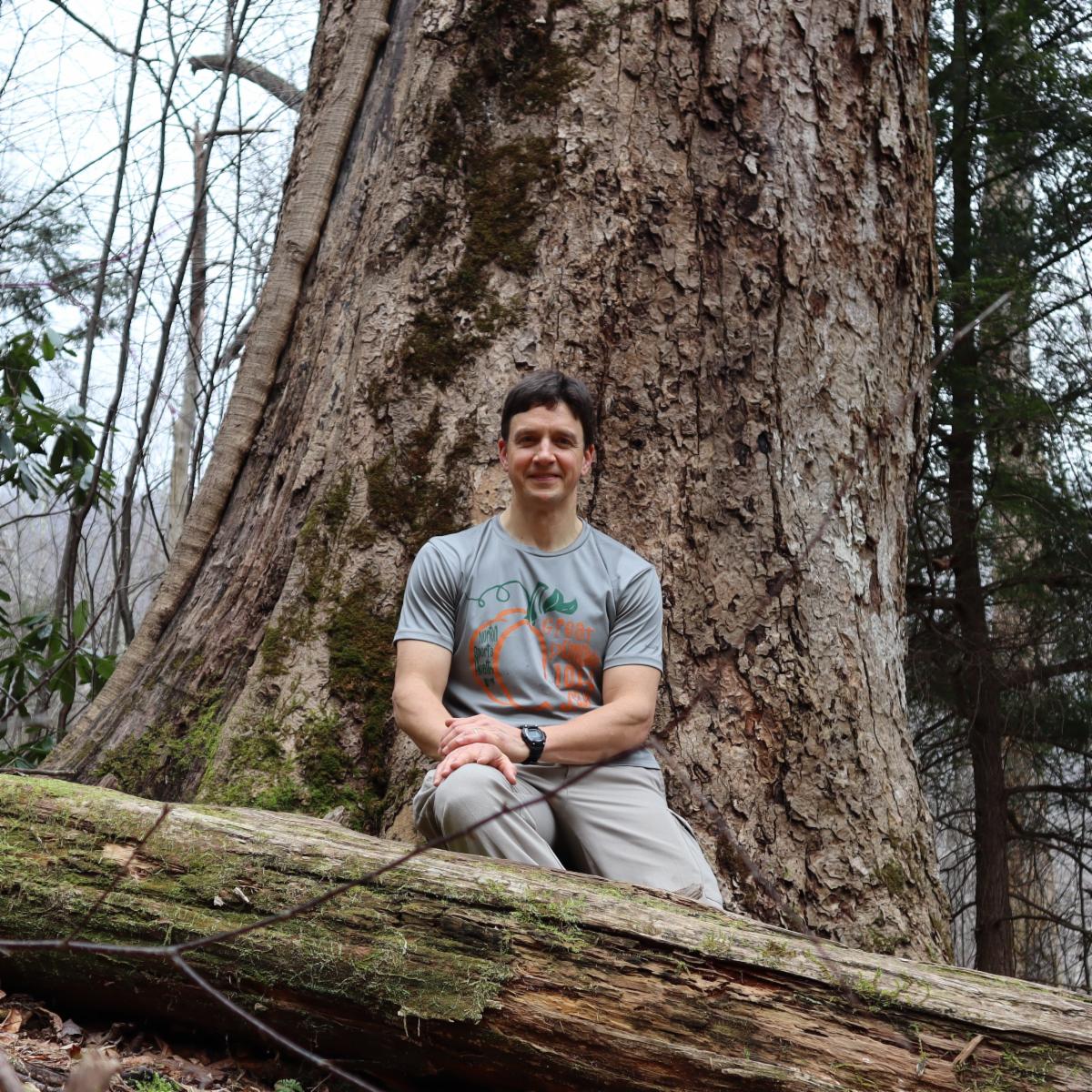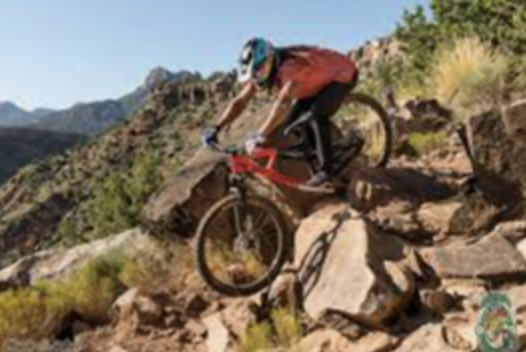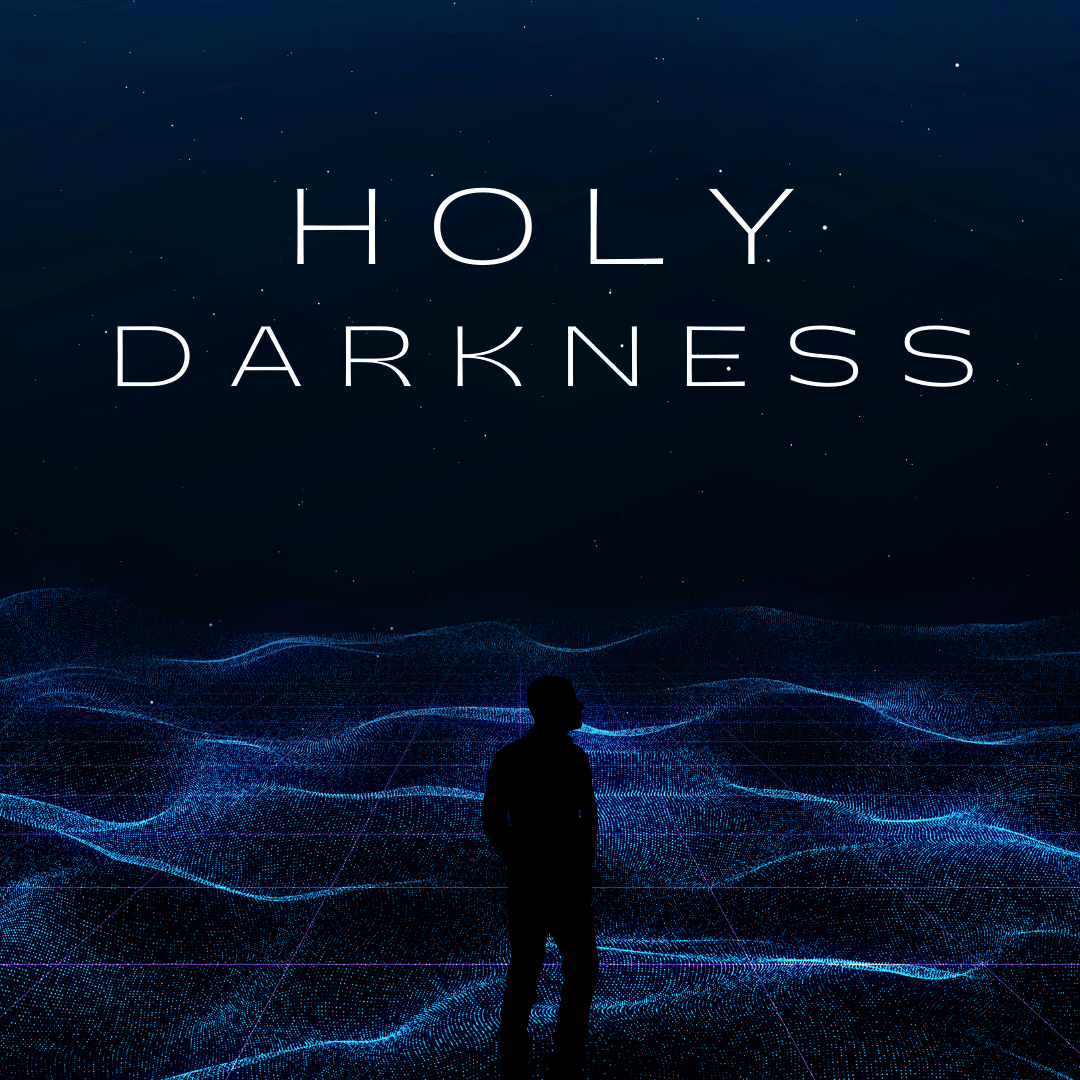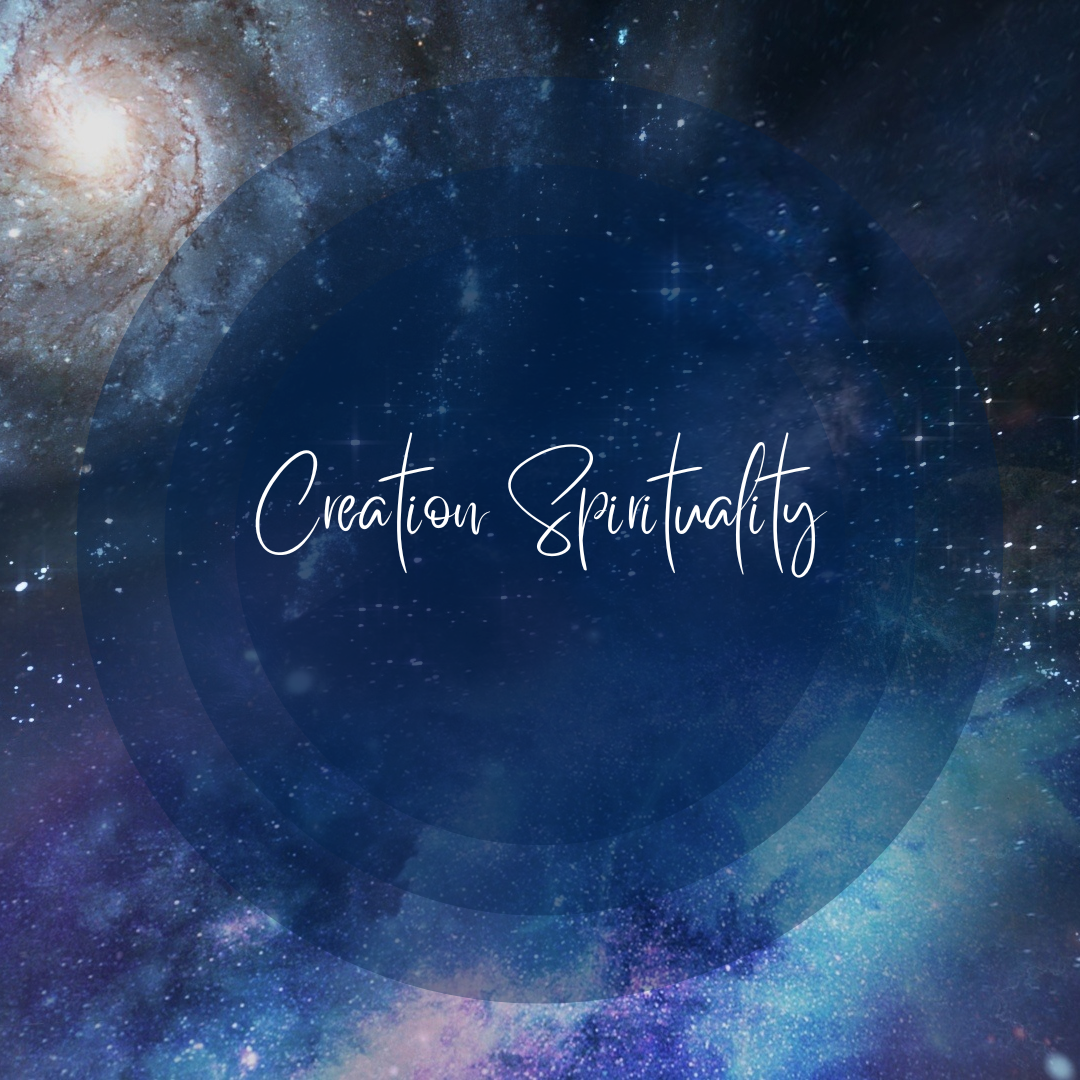Positively Happy
Kentucky General Assembly to Learn Strategies for Stress Resilience

The Earth & Spirit Center is being introduced to the Kentucky General Assembly as a “Gem of the 41st District,” and representatives from the Center will provide a presentation of basic skills designed to promote personal stress resilience using mindfulness techniques. Presentations will be Friday, March 10, 2023, before convening of the General Assembly, from 8:00 to 8:45am and from 11:00am to noon in room 316 at the Kentucky State Capital, 700 Capital Avenue in Frankfort, KY. All members of the Kentucky General Assembly and members of the press are invited to attend.
The Earth & Spirit Center is honored to be recognized by the Kentucky General Assembly as a resource important to the well-being of the citizens of 41st district and beyond. The opportunity to share basic stress resilience skills and the importance of practicing them in these challenging times is well aligned with our work for the flourishing of individuals and communities. Providing these skills to our statewide leadership, knowing the difficult decisions and challenges they face and that relief from these stresses is possible, is an endeavor the Earth & Spirit Center embraces enthusiastically.
An overview of the Earth and Spirit Center: A Gem of the 41st District will be presented by Kyle Kramer, CEO of the Center. A Taste of Mindfulness Practice – two guided practices with compelling rationale for stress resilience – will be presented by Karen Newton, MPH, RDN, senior meditation faculty member of Earth and Spirit Center.
The purpose of these presentations is to provide basic stress resilience skills for the improvement of the wellbeing of attendees. The Earth and Spirit Center hopes to spark curiosity about the value of practicing these skills, as we are all challenged in our daily lives. This is important to foster the wellbeing of the entire Commonwealth. Our young people are struggling, their families are struggling, their teachers are struggling… we are all struggling as we do our best to ensure our own self-care and our care for those around us. Relief from stress is possible, and we will share skills and practices that provide a healthier approach to difficulties.
The Earth and Spirit Center is a nonprofit, interfaith spirituality center. We cultivate transformative learning and service opportunities dedicated to mindful awakening, compassionate justice, and care for the Earth. We are dedicated to a single, sacred Earth community in which all members flourish. We are located on a beautiful 27-acre wooded campus in the heart of the Highlands neighborhood in Louisville, Kentucky. Learn more about the Earth and Spirit Center at earthandspiritcenter.org.
Patience
 Assuming nothing fatal befalls me, this year I will hit the half-century mark. To honor that milestone and lean fully into the richness of my second half of life, I made a resolution to visit an old-growth forest this year. I got my chance a few weeks ago, when I traveled to the Great Smoky Mountains of eastern Tennessee to lead a retreat. After it concluded, I hiked about seven miles through Albright Grove, one of the finest stands of old-growth cove hardwood forest in the Eastern US.
Assuming nothing fatal befalls me, this year I will hit the half-century mark. To honor that milestone and lean fully into the richness of my second half of life, I made a resolution to visit an old-growth forest this year. I got my chance a few weeks ago, when I traveled to the Great Smoky Mountains of eastern Tennessee to lead a retreat. After it concluded, I hiked about seven miles through Albright Grove, one of the finest stands of old-growth cove hardwood forest in the Eastern US.Future-Driven or Future-Drawn?


Life is Risky


Holy Darkness


Creation Spirituality


Resonance


Roots and Wings?


